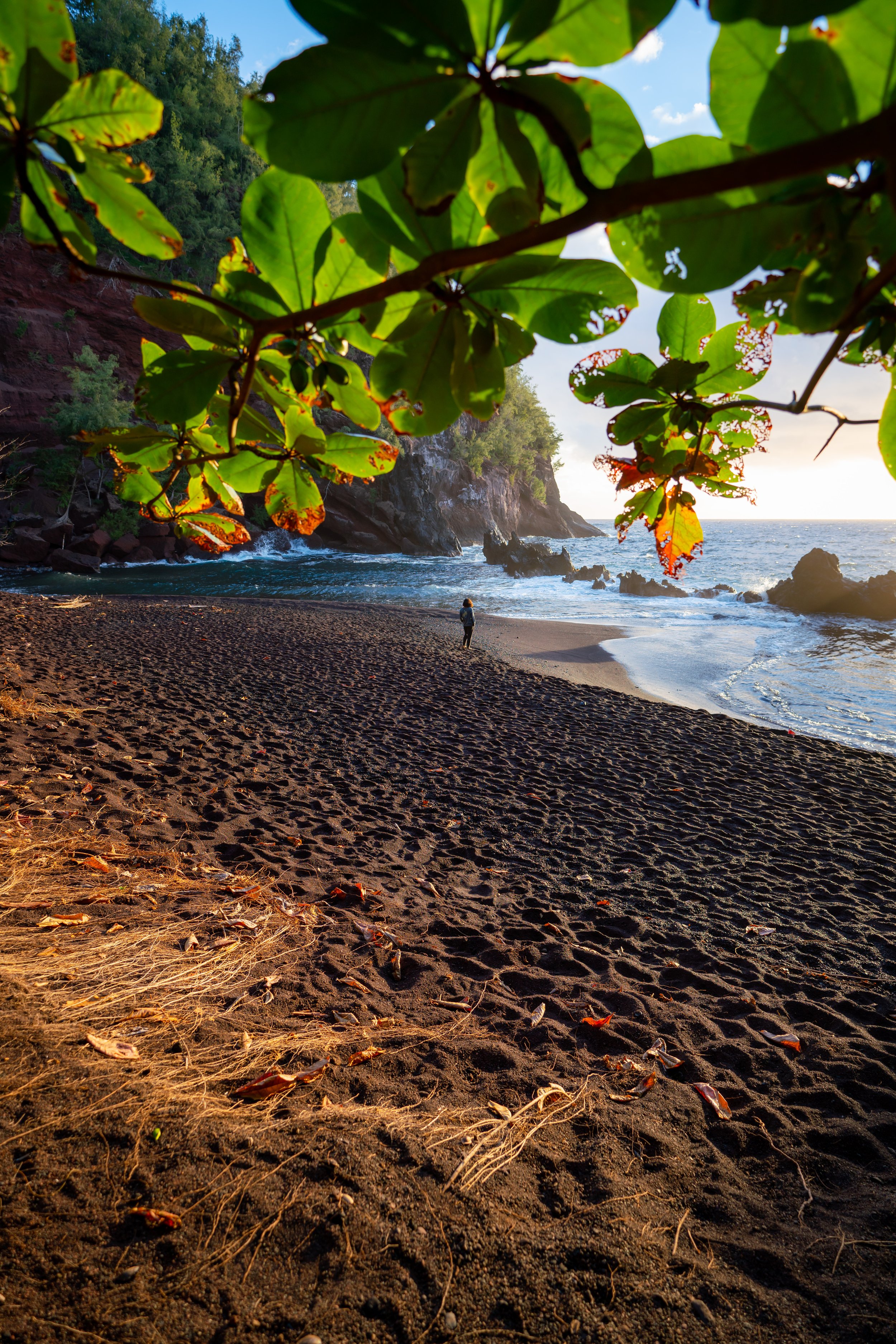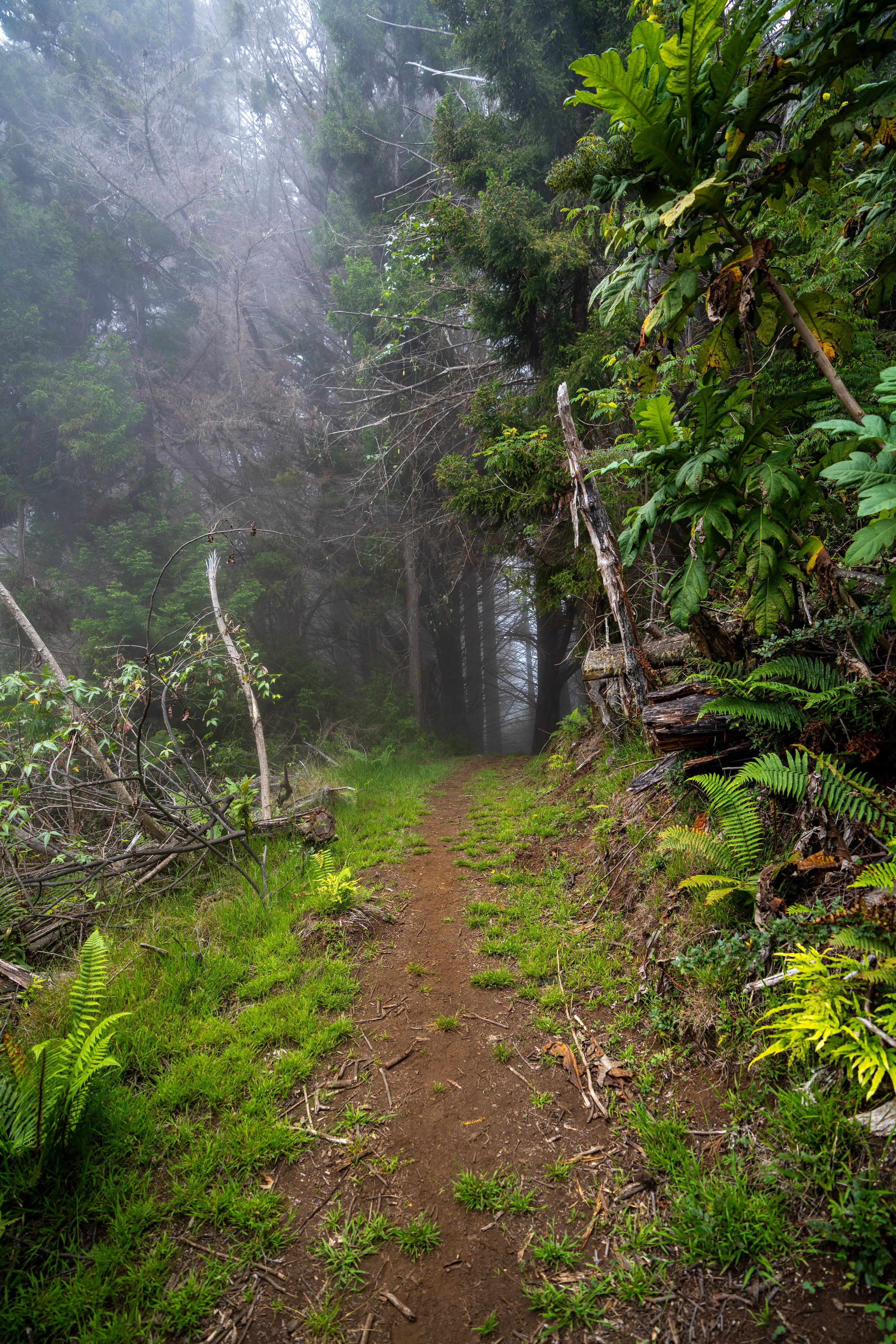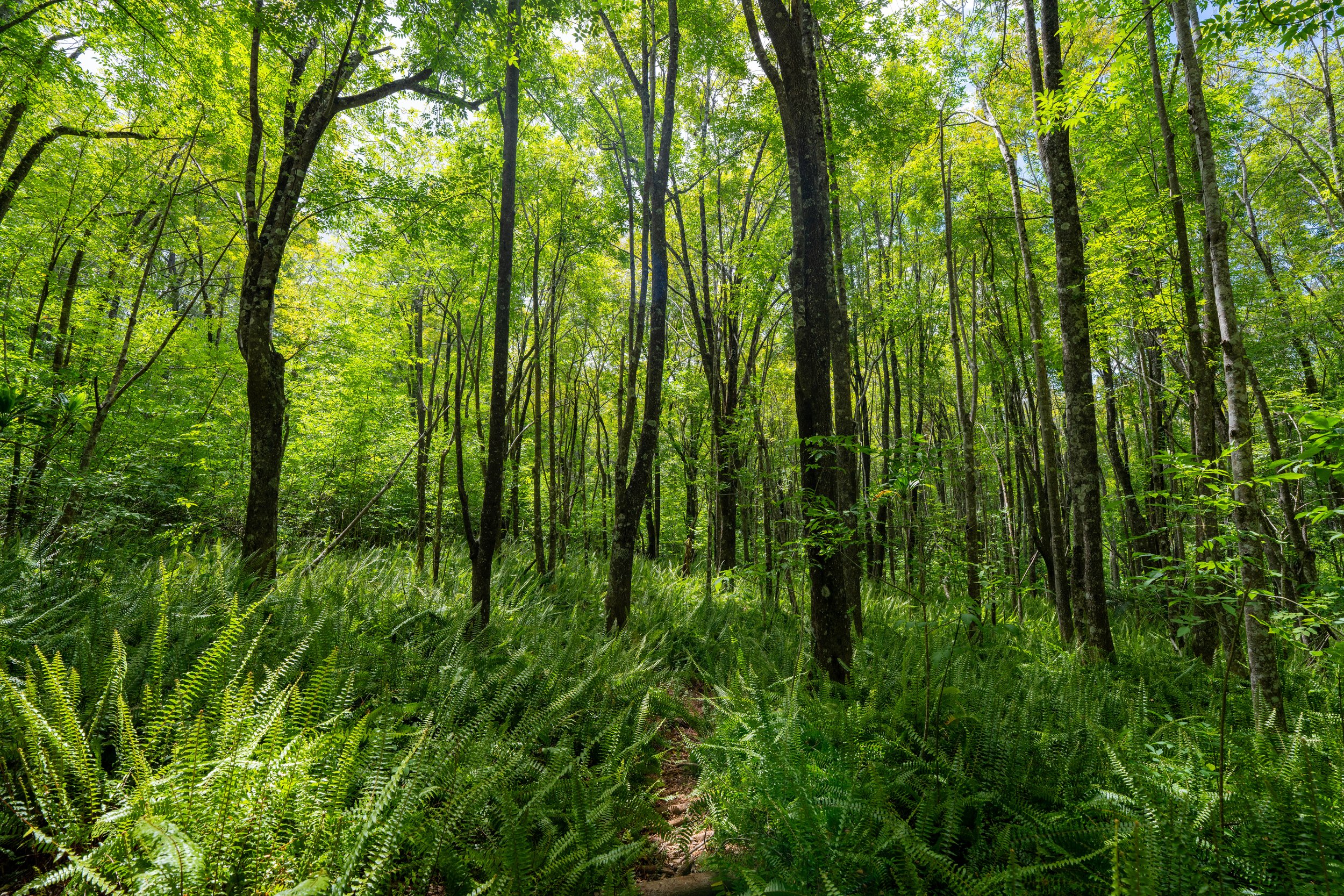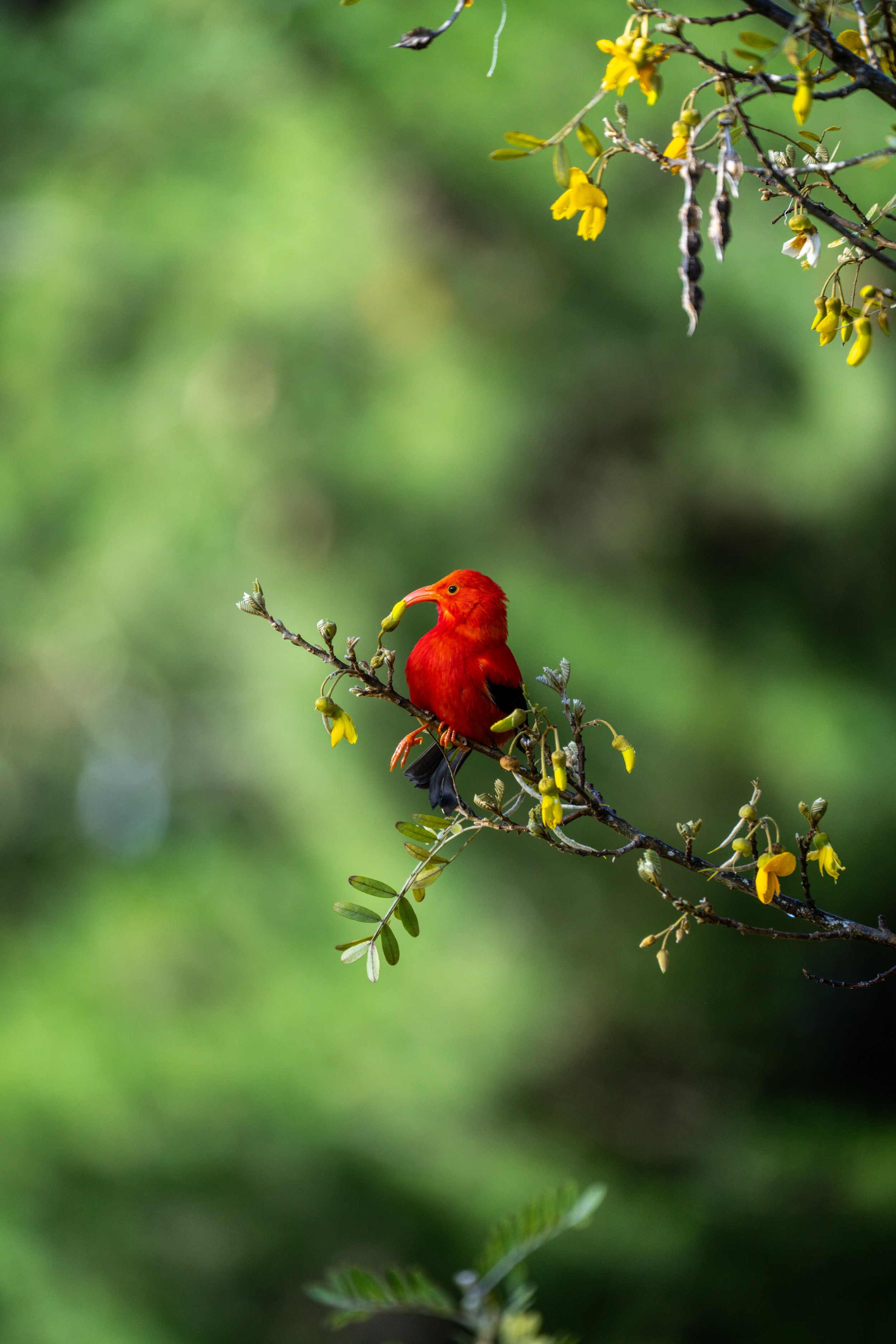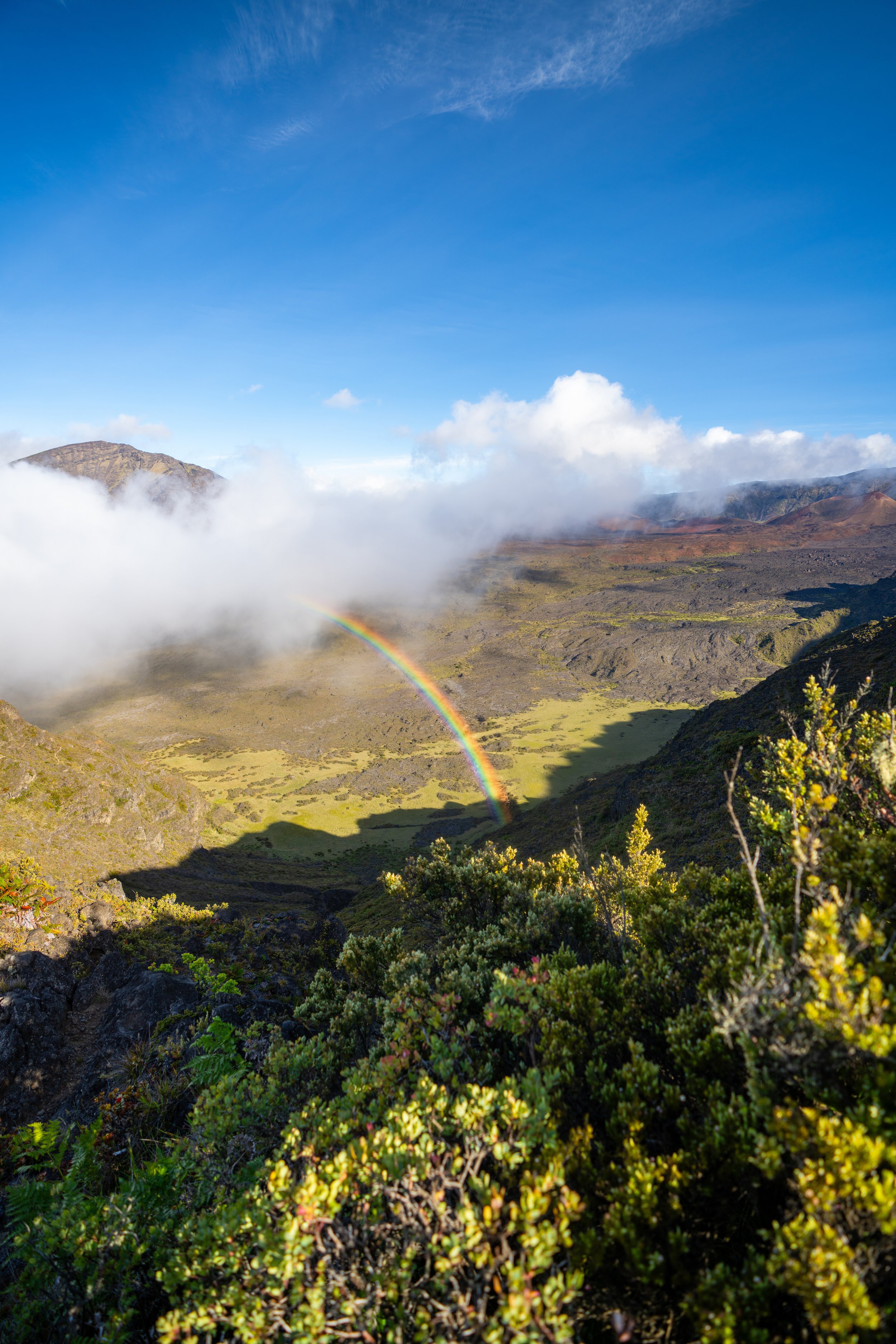Hiking the ʻŌhai Loop Trail on Maui, Hawaiʻi
Distance: 1.2 miles / 1.9 km
The ʻŌhai Loop Trail is a beautiful coastal trail on Maui’s North Shore that makes for a great place to enjoy the dramatic sea cliffs that parallel the windy Kahekili Highway.
On top of this, the short 1.2-mile (1.9 km) ʻŌhai Loop Trail is also a place of refuge for a number of native Hawaiian plants and animals, many of which are endemic to the islands, that call this place home.
Overall, the ʻŌhai Loop Trail is most comparable to that of the Kaʻena Point Trail on Oʻahu or the Moʻomomi Sand Dunes on Mokokai in that the hike is truly the place to take it easy, enjoy the coastal views, and learn about the trail and ecosystem from the many signs that can be found along the way.
ʻŌhai Loop Trailhead Parking
Parking for the ʻŌhai Loop Trail is located in a small parking lot directly off Kahekili Highway, about 18 miles (29.0 km) west of Wailuku.
Out of caution, consider the ʻŌhai Loop Trailhead, or any trailhead off the Kahekili Highway, to be a high-crime area for petty theft, meaning you should never leave visible bags or anything valuable in your car.
Google Maps Directions: ʻŌhai Loop Trailhead
My Hawaiʻi Hiking Checklist
Hiking the ʻŌhai Loop Trail
From the parking area, the ʻŌhai Loop Trail splits immediately with the path that leads up to ʻŌhai Lookout.
That being said, go right to begin the ʻŌhai Loop Trail.
ʻŌhai Loop Trail
After just 0.1 miles (0.2 km), the ʻŌhai Loop Trail splits into both a mauka and makai (mountain and ocean) side of the loop.
Personally, I prefer to go right on the mauka side to save the best coastal views for the return hike, which is how the trail is shown below.
If you’re familiar with native Hawaiian plants, it will become very apparent that the dominant species along the trail is not ʻŌhai but rather ʻŪlei, a native bushy shrub that’s adapted to harsh dry environments, such as those along the ʻŌhai Loop, with high wind and salty sea spray from the ocean.
That being said, ʻŌhai is quite the tricky species to spot along the ʻŌhai Loop Trail, but since it is a federally listed species, I feel that it’s best to keep the specific location information out of this article.
Toward the very far end of the ʻŌhai Loop, the trail may appear to split, but the path to the right only leads to an off-trail lookout.
Instead, go left to begin the coastal side of the ʻŌhai Loop Trail.
Pāʻū o Hiʻiaka is another common native that can be found along the ʻŌhai Loop Trail.
In my experience, ʻAeʻae is much less common compared to other native coastal species, which is why I always consider it to be special when I come across it.
ʻŌhai Loop Junction
After roughly 1.0 mile (1.6 km) around the loop, the trail returns back to the initial split.
Here, go right to return to the trailhead and the path that leads to the ʻŌhai Lookout.
Native Plants on the ʻŌhai Loop Trail
The ʻŌhai Loop Trail is best known for being a place of refuge and management for various Hawaiian coastal species.
Some of these include ʻŪlei, Nehe, ʻĀkia, Naupaka, ʻŌhai, ʻIlima, ʻIlieʻe, ʻAʻaliʻi, ʻAkoko, Pāʻū o Hiʻiaka, ʻAeʻae, Alaheʻe, and truly too many more to name.
If you would like to learn more about these and many other native Hawaiian plants from across the islands, I encourage you to check out my separate post linked below.
Read My Separate Post: Native Hawaiian Plant Guide





